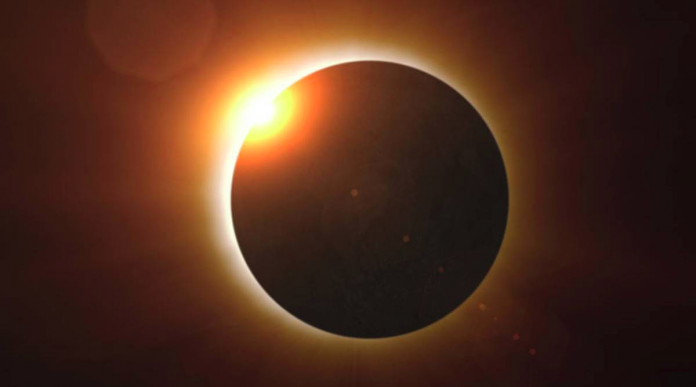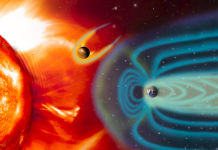On December 4, a total solar eclipse will be visible from Antarctica. The southern tip of South America, Africa, Australia, and New Zealand can also see partial phases of the eclipse. It will not be visible from India.
On February 16, 1980, India witnessed the first total solar eclipse of the century and this created a great buzz among scientists and skygazers. As a young student, Arvind Paranjpye, now Director of Nehru Planetarium, Mumbai, along with his friends had set out to capture the event. “We went to a small village named Shiggaon, situated near the Maharashtra-Karnataka border. Carrying our instruments up to a small hill, we tried to capture the eclipse using polaroid light. We set up a small temporary darkroom and developed the film there.”
He has been an eclipse chaser since then and has seen four other total solar eclipses – India (1995), Iran (1999), Zambia (2001), and the US (2017). He says each eclipse has its unique charm.
On December 4, a total solar eclipse will be visible from Antarctica but Paranjpe will unfortunately miss the event.
The southern tip of South America, Africa, Australia, and New Zealand can also see partial phases of the eclipse. It will not be visible from India.
When asked what his favourite moment while seeing an eclipse was, he says: “Just before the eclipse you see the shadow of the moon coming towards you at a high speed. If you are on a mountain, you can see from the distant horizon on the west, the shadow approaching you in just four to five seconds. This is an interesting sight but can creep you out.”
“Though I travelled to China in 2009 to witness the total solar eclipse, the area was completely covered by clouds and I experienced a night darker than the darkest nights and was left with a spooky feeling.”
He adds that another beautiful phenomenon called shadow bands or wavy lines of moving light and dark can be seen before and after a total solar eclipse. “I think the myth associated with snakes and solar eclipses must have originated after people saw shadows moving like snakes and engulfing them,” he chuckles.
For astrophysicists, solar eclipses provide a rare chance to study the solar corona or the outermost part of the Sun’s atmosphere. “There are still many unanswered questions about the solar corona. Why does it have such a high temperature of over 5500 degrees Celsius? Most researchers study the Sun’s corona in different wavelengths during an eclipse.”















